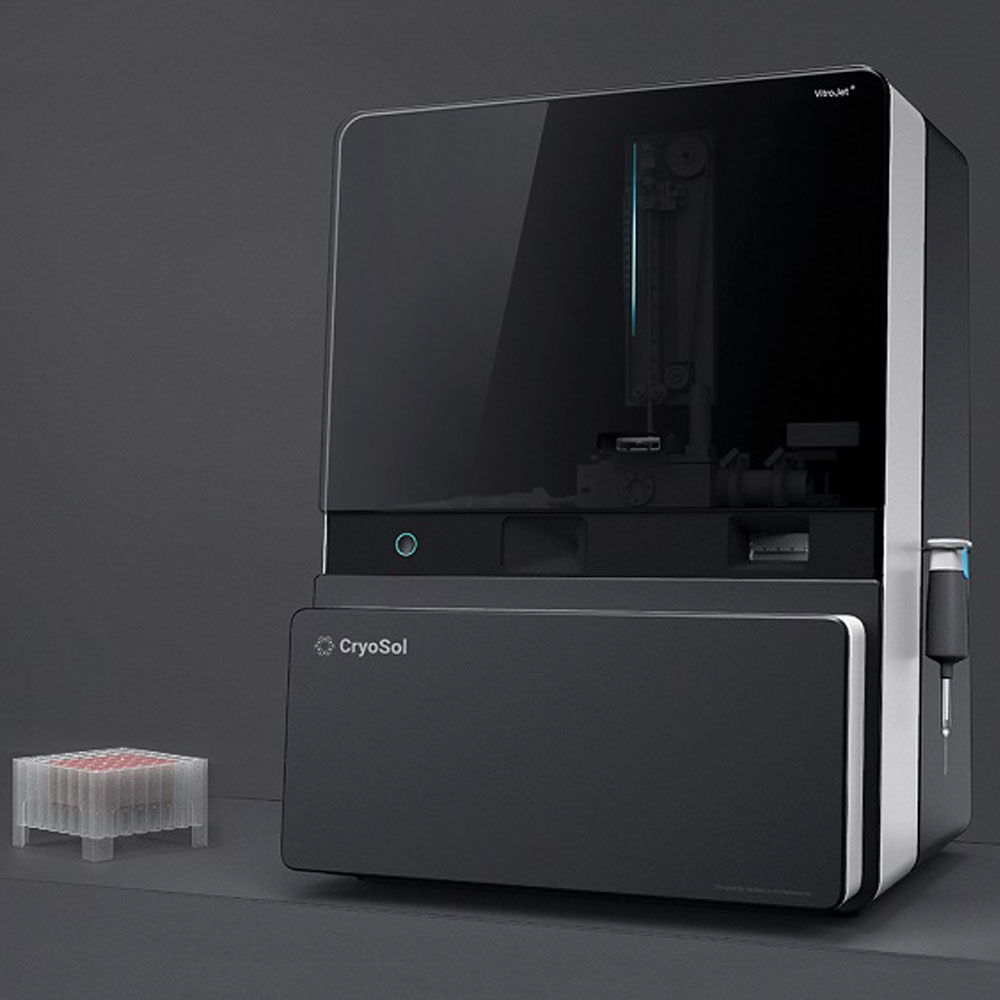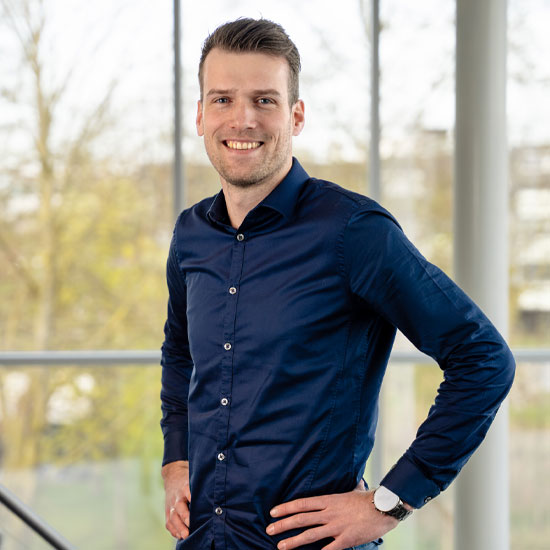successful acquisition of medical production.
We have been a production partner for LABORIE…
Read MoreProteins play a role in numerous disease processes. For scientific research, proteins often have to be frozen very quickly first. This is known as vitrification. For this purpose, CryoSol-World developed the VitroJet. This device delivers better-quality specimens with a high yield. This complex device consists of 28 modules. We handled the industrialization of each of these modules and set up the entire assembly line. We now handle the device’s serial production.
Our challenge had to do with the device’s complexity and the limited time we had before it had to be ready for production. We focused on design-for-assembly. Together with our assembly and process engineers, we went through every step of the production process and evaluated the specs and potential points of improvement for each module. At every stage, we determined what components were required – 1,250 unique components in total – and what tooling had to be realized. We also looked for ways to modify the design in order to simplify assembly.

We set up the production line for the VitroJet as a kind of ‘supermarket’. All components are brought in and completed modules are put in stock, which allows us to flexibly supply spare parts when needed. The workstations where the modules are built are located on one side of the supermarket. On the other side are the integration stations where the complete device is assembled. In light of the project’s complexity, we trained operators to work on specific modules/tasks. The integration in particular calls for specific expertise, e.g. when it comes to wiring.
We also devote a lot of time to testing. Ten modules have to be tested, while our quality department has signed off on the others. We also conduct system tests halfway through the assembly process and a functional test at the very end. Together with our colleagues from Demcon, we developed advanced mechatronics module testers for this.

My biggest challenges during this complex project had to do with budget management and monitoring the progress per module. Where did industrialization end and when could preproduction begin? This is a challenging product in terms of production technology. It requires very precise components and complex soldering. We have to carefully align individual modules and then maintain that alignment during system integration.